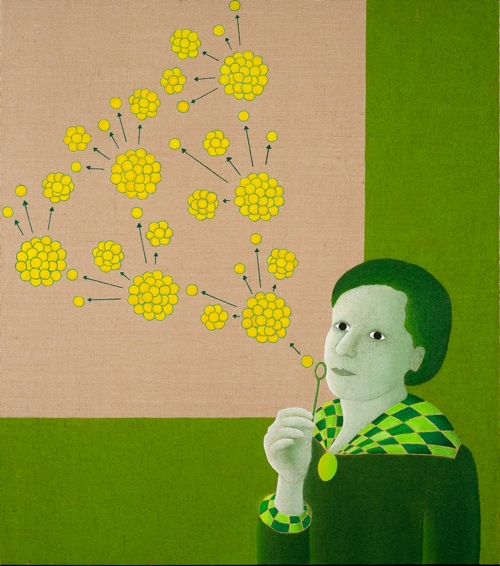Lise Meitner (1878-1968) was born in Vienna. She studied radiation and nuclear physics. With her nephew Otto Frisch she provided the theoretical interpretation for the splitting of the atom and gave it the name nuclear fission. She refused to work on the creation of nuclear weapons. In 1992, element 109, at the time the heaviest element in the Universe, was named Meitnerium in her honor.
Meitner's personal life was as dramatic as her discoveries in physics. During Meitner’s childhood in Vienna, young girls were not permitted to attend most academically rigorous secondary schools and their attendance at universities was prohibited by law. By the turn of the century the laws in Austria changed and Meitner was the second woman to obtain a doctoral degree from the University of Vienna.
She moved to Germany in 1907 and, although she experienced continuous discrimination because of her gender, she pursued her career as a physicist. Her collaboration with Otto Hahn lasted for thirty years. It was the experiments performed by Hahn and Fritz Strassman that Meitner interpreted as nuclear fission.
Although she became a Lutheran in 1908, she was considered a Jew by the Nazis and was forced to flee Germany in 1938. Shortly after the end of World War ll, Hahn was awarded the Nobel Prize for his work on nuclear fission while Mietner’s contributions were ignored. Many people still consider this a great injustice and one more discriminatory act perpetrated against her.
Meitner wrote that "Science makes people reach selflessly for truth and objectivity, it teaches people to accept reality with wonder and admiration…" She lived her long life unyieldingly in pursuit of those ideals.

